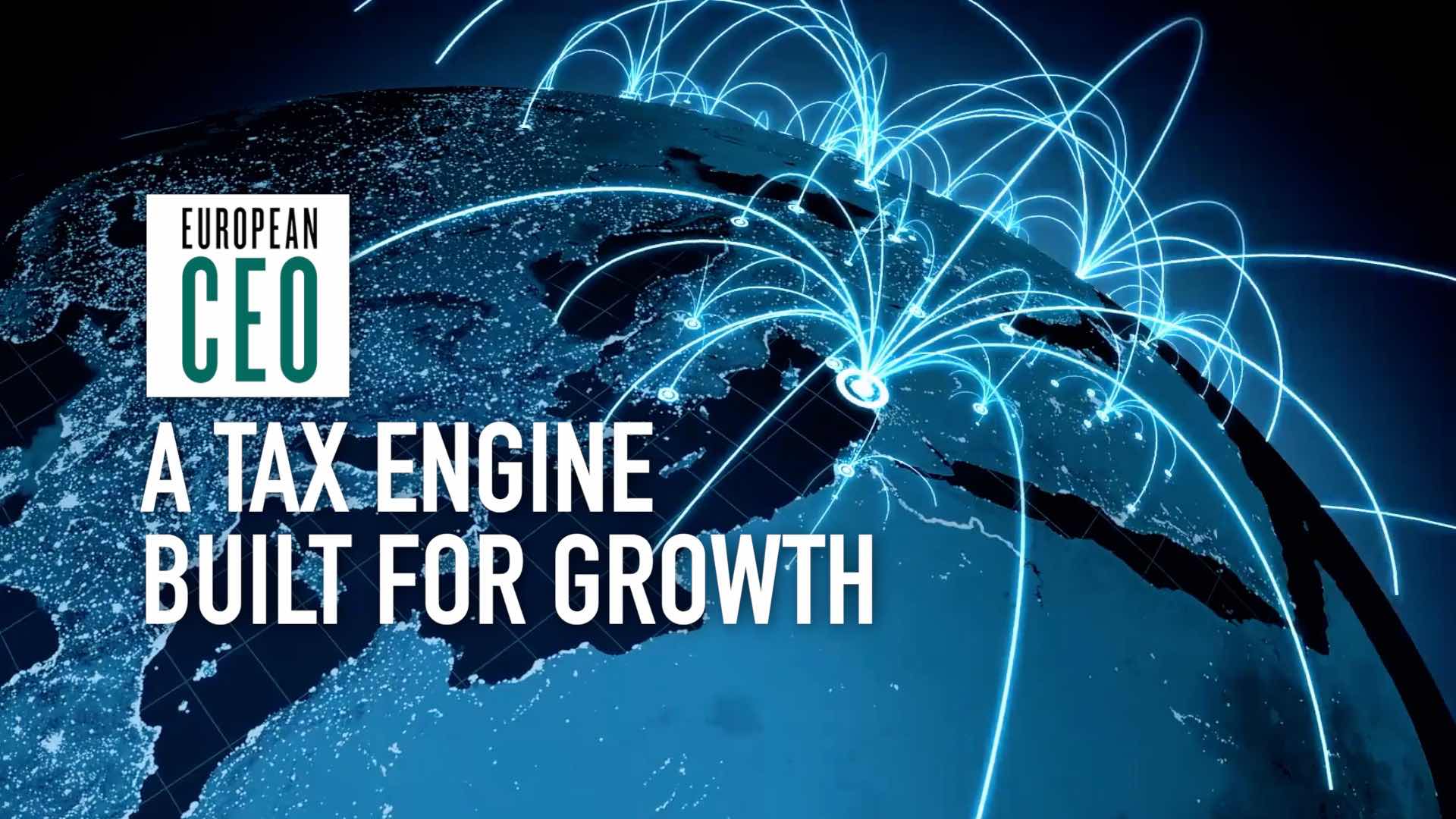Why can’t tax departments trust their own data?
Conflicting priorities between finance and tax departments are creating a big data challenge, says Vertex's Rebecca Polley
Transcript
“Most global indirect tax departments feel they can’t trust the accuracy of the transactional data that drives their compliance and other obligations.” Veracity is a big data challenge – one that Vertex faced head-on at its recent Vertex European Exchange Event. Rebecca Polley explains that tax departments need the right tools to clean up the information they receive – especially for businesses processing millions, billions and trillions of lines of data.
Find out more about unifying your tax data into a single platform with Vertex.
The first three parts of our interview with Rebecca Polley are here:
India and GCC embrace tax technology in new GST and VAT regimes
What eCommerce and retail businesses need to know about US sales tax
Pain points for tax depts: Reporting, determination, data management
European CEO: What’s the issue? Why can’t tax departments trust the data coming from their own organisations?
Rebecca Polley: Well it’s an interesting question, and I think you really have to look at how the data comes to the tax department. Typically that’s created and prepared by the finance department, and a lot of the components that are required from a taxing perspective may not necessarily be high on the priority list for the finance department.
So ensuring that you’ve got the correct VAT identification number on a transaction. Maybe the wrong tax was applied to the transaction. It could relate to product master data, or customer master data. All the things that really get down to the transaction level detail that while finance clearly is interested in that information, it doesn’t stop them from completing their process around collection and reporting. But obviously when it goes to the tax department, that can cause a big issue, and that’s something that they’ve got to be able to clean up.
European CEO: Volume and variety are two other traditional big data challenges that you’re tackling; tell me more.
Rebecca Polley: So we’re seeing some examples of that with the SAFT reporting, the standard audit file for tax. It’s actually been around for quite some time, since the mid-2000s, and it was a reporting standard that was designed by the OECD to try to get some consistency across Europe and the globe in terms of the way that companies could be reporting more detail to the taxing authorities.
As probably is no surprise, most countries have decided to provide their own twist to that implementation. So that poses a challenge as well for tax departments to ensure that they understand the unique reporting requirements for each country.
Going specifically to the data challenge though, in terms of volumes of transactions. If you for example are a retailer, you will be working with literally millions, billions, trillions of lines of data on a monthly, quarterly, annual basis. And for that volume of data, clearly a technology solution will have to be in place. That outstrips Excel many many times!
European CEO: And of course the business risk of having unreliable data or processing that huge amount of data badly is huge.
Rebecca Polley: Absolutely. In fact we were just talking to a customer that’s just in the process of transforming their tax department. They were just relating to us an example where they had actually sent out about 70,000 invoices to customers with the wrong tax rate on it. And obviously just from a branding and imaging perspective, that caused them quite a bit of a headache, not to mention the rework that they had to do on the invoicing. And in these times of social media where these types of scenarios spread very very quickly, this is something that companies really want to avoid, so they want to be absolutely confident that the rates that they’re charging customers, collecting from customers, are absolutely spot-on correct.
So, one of the things that we do is, we’ve got a very large research team that actually covers the globe in terms of tax rates, rules, and trends. We supply that information to our customers as part of our product. And if you’re working in an environment where you potentially have your tax professionals distributed around the world, you want to make sure you’ve got a consistent process, that everybody’s getting the same information at the same time.
European CEO: Rebecca, thank you.
Rebecca Polley: Thank you.


 Vertex tax technology: How Siemens sought (and found) a tax calculation engine built for growth
Vertex tax technology: How Siemens sought (and found) a tax calculation engine built for growth Vertex tax technology: Global tax determination at speed and scale
Vertex tax technology: Global tax determination at speed and scale Vertex tax technology: Data intelligence for tax
Vertex tax technology: Data intelligence for tax